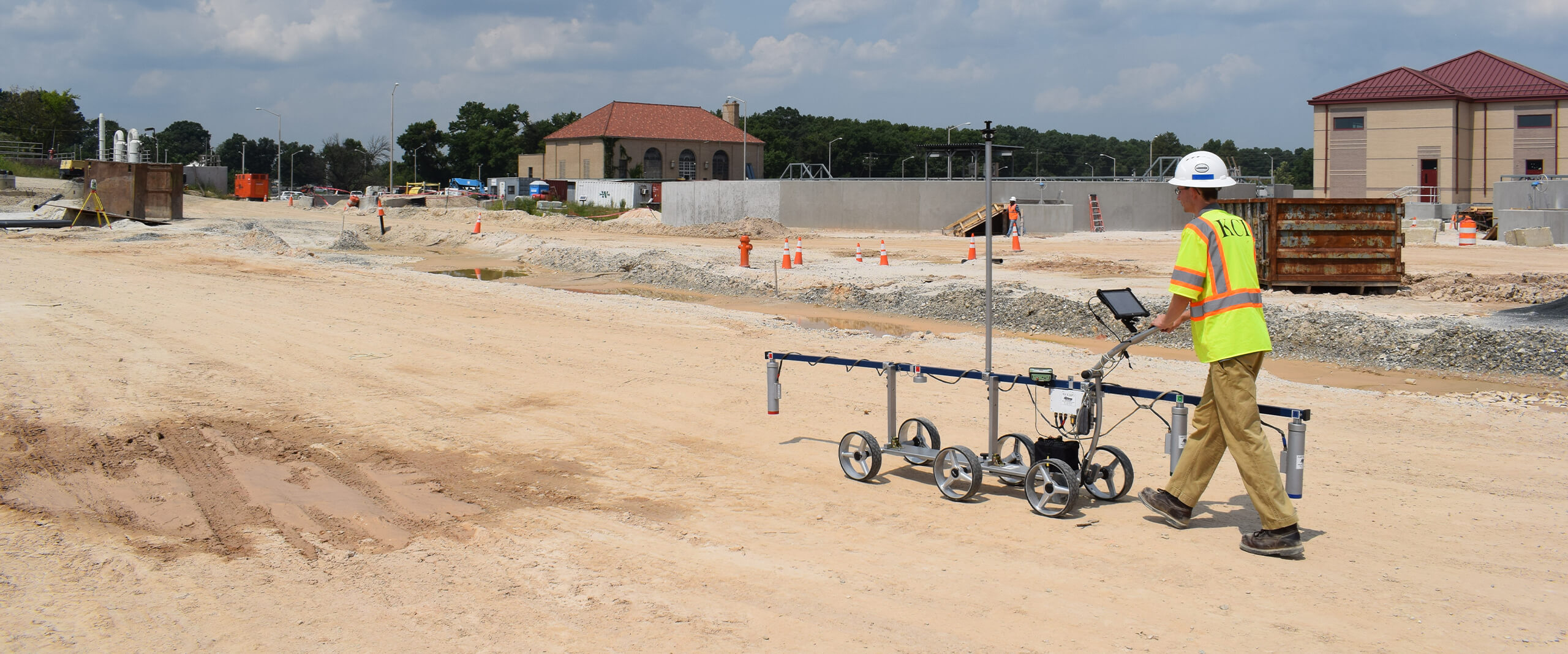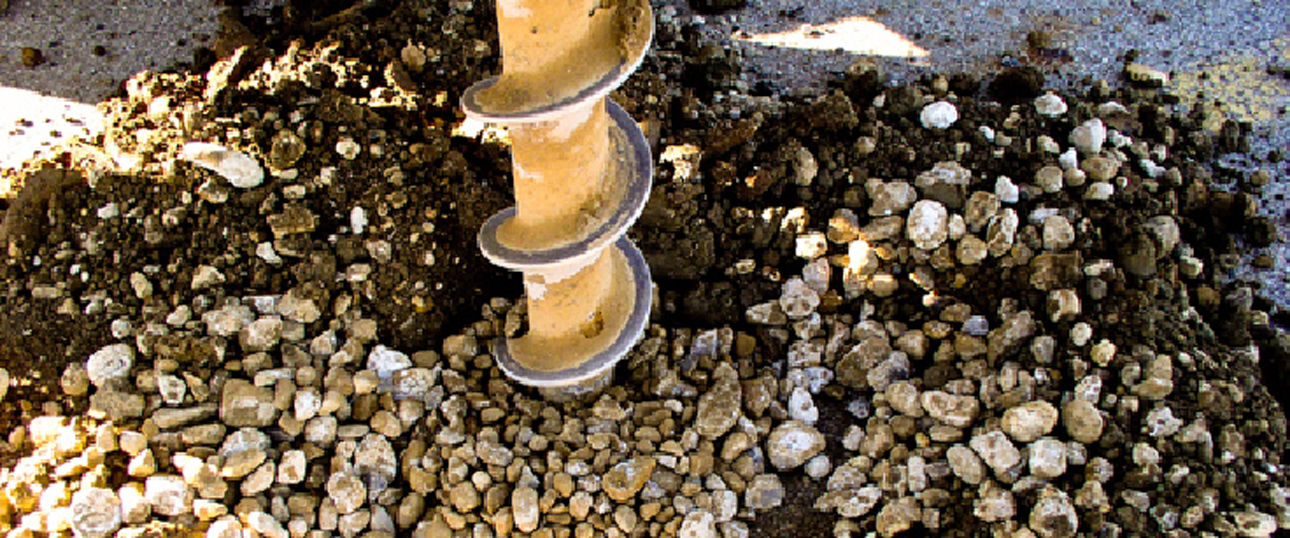Geotechnical Engineer Description: What to Get out of These Professionals
Geotechnical Engineer Description: What to Get out of These Professionals
Blog Article
An Extensive Overview of Geotechnical Design Techniques and Their Influence On Modern Civil Engineering Projects
Geotechnical engineering serves as the foundation of modern civil engineering, giving necessary techniques that attend to the complexities of subsurface problems. The interplay of dirt evaluation, foundation design, and cutting-edge technologies forms the honesty and sustainability of framework tasks. As we discover these methods, it comes to be clear just how vital they are in mitigating prospective dangers linked with construction. The implications of these methods prolong past simple safety; they additionally influence job effectiveness and environmental factors to consider, raising vital inquiries about future innovations in the field. What continues to be to be revealed is the transformative possibility of these technologies on city development.
Value of Geotechnical Design
Geotechnical engineering functions as an essential foundation for civil engineering tasks, influencing the safety and security and stability of structures. This technique concentrates on the behavior of dirt and rock products, offering necessary understandings that direct the style and building and construction procedures. By understanding the communication in between the planet and engineered structures, geotechnical engineers can assess threats connected with ground conditions, such as settlement, incline security, and liquefaction.
The significance of geotechnical design prolongs past mere architectural honesty; it plays a crucial role in environmental management and sustainability. Appropriately carried out geotechnical evaluations ensure that tasks lessen their eco-friendly impact and abide by regulative demands (geotechnical companies in south africa). Geotechnical design is critical in website choice, allowing designers to determine ideal areas for construction that mitigate possible risks.
On top of that, geotechnical design fosters advancement in civil design by progressing strategies for ground improvement, structure layout, and excavation. The discipline's payments are vital in dealing with obstacles presented by differing soil conditions, hence helping with secure and effective facilities growth. In general, the importance of geotechnical design is paramount in making sure that civil engineering projects are not just feasible yet additionally resilient versus natural and man-made difficulties.
Trick Techniques in Geotechnical Design

An additional crucial method is dirt stabilization, which includes modifying soil homes to enhance load-bearing capacity or reduce negotiation. Methods such as including cement, lime, or making use of geosynthetics are commonly utilized to accomplish soil enhancement.
Ground improvement strategies, consisting of vibrant compaction and vibro-replacement, are likewise crucial. These approaches intend to compress loosened or soft dirts, boosting their stamina and lowering liquefaction possibility in seismic locations.
Retaining frameworks, such as sheet piles and soil nailing, are used to support excavations and protect against dirt activity. Moreover, incline stablizing strategies, consisting of drain systems and retaining wall surfaces, are necessary for alleviating landslide dangers.

Dirt Analysis and Examining Approaches
Effective dirt evaluation and testing approaches are vital for comprehending the physical and chemical homes of dirt, which directly influence design decisions. A thorough evaluation of dirt qualities is important for forecasting habits under numerous loading conditions and ecological impacts.
Common dirt testing techniques include both field and research laboratory strategies. Area tests, such as the Requirement Penetration Examination (SPT) and Cone Infiltration Test (CPT), offer instant insights right into soil strength, thickness, and stratification. These tests assist engineers assess site conditions efficiently before more substantial research laboratory evaluations.
Research laboratory screening methods, such as Atterberg restrictions, grain dimension distribution, and compaction examinations, are crucial for figuring out dirt plasticity, dampness web content, and optimal compaction degrees. Moreover, progressed techniques like triaxial tests and consolidated undrained (CU) tests supply important information on shear toughness and efficient tension criteria - geotechnical engineer description.
Chemical screening, consisting of pH, electrical conductivity, and organic material evaluation, is likewise important for comprehending potential soil contamination and its effect on construction materials. Collectively, these soil evaluation and screening approaches develop the structure of educated decision-making in geotechnical design, making sure the security and see security of modern-day civil engineering projects.
Structure Layout Approaches
Foundation layout approaches are critical in guaranteeing the security and longevity of frameworks. These methods can be categorized into superficial and deep foundations, each suited to details dirt problems and loading scenarios. Shallow structures, such as spread footings and floor covering foundations, are typically utilized when surface dirts have appropriate bearing ability. They distribute the lots over a bigger location, lessening settlement risks.
In contrast, deep structures, including stacks and pierced shafts, are employed when surface dirts are poor or weak for supporting the framework. These foundations transfer lots to deeper, more stable dirt or rock layers, making them crucial for high-rise buildings and bridges in tough geotechnical conditions.
Picking the suitable structure style involves thorough geotechnical examinations, including dirt structure, bearing capacity, and groundwater conditions. Additionally, designers have to think about aspects such as negotiation, side loads, and possible seismic task to guarantee the structure's performance gradually.
Eventually, a well-executed structure style is an essential facet of civil engineering, straight affecting the security, toughness, and capability of frameworks. geotechnical specialist. By lining up structure types with site-specific problems, engineers can successfully mitigate risks linked with foundation failure
Advancements Shaping Civil Engineering

Lasting products, such as high-performance concrete and recycled aggregates, are additionally obtaining grip, advertising green techniques while keeping architectural honesty. Furthermore, progressed geotechnical methods, such as ground enhancement and deep blending techniques, are boosting the security of structures in difficult dirt company website conditions.
Moreover, the use of drones and remote sensing innovation is improving website monitoring and surveying, giving real-time data that aids in managing building progression and security. The implementation of ingenious building methods, such as premade and modular construction, better accelerates job timelines and reduces waste. Jointly, these advancements are not just transforming civil design methods yet additionally guaranteeing that modern facilities meets the demands of an expanding global population while attending to ecological concerns.
Conclusion
To conclude, geotechnical design methods are essential to the success of modern-day civil engineering jobs. The application of site examination, soil stablizing, and ground enhancement approaches ensures the safety and security and stability of framework. Technologies such as Structure Details Modeling (BIM) and advanced surveillance innovations further boost project efficiency and accuracy. By using these strategies, designers can reduce risks and add to the advancement of resistant urban settings, ultimately promoting sustainable growth and safety in civil engineering practices.
Geotechnical design offers as the backbone of modern-day civil design, providing necessary methods that address the complexities of subsurface problems.Geotechnical engineering serves as a vital structure for he said civil engineering tasks, influencing the security and security of frameworks.In addition, geotechnical design cultivates technology in civil design by advancing strategies for ground enhancement, foundation design, and excavation. In general, the relevance of geotechnical design is paramount in ensuring that civil design jobs are not only feasible however also resilient versus natural and man-made difficulties.
In conclusion, geotechnical design methods are integral to the success of modern-day civil engineering tasks.
Report this page